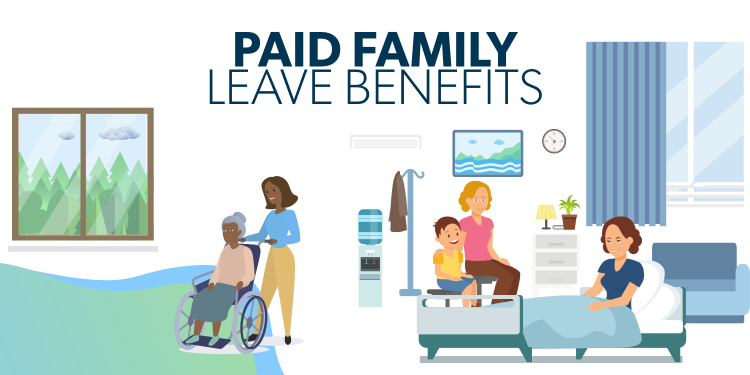Exploring the Advantages of Paid Family Leave
Paid maternity leave can have a profoundly positive impact on children’s lives, according to a study published in October 2022. The study found that when California mandated six weeks of paid parental leave from 2004 to 2008, 339 fewer infant deaths occurred on average when compared with states that did not mandate paid parental leave. The researchers estimated that three months of paid parental leave for the whole United States would save nearly one thousand babies per year.
Another study looked at children’s health in 35 countries that belong to the Organization for Economic Cooperation and Development (OECD) that had started or expanded paid leave policies. The results revealed that paid leave was associated with lower death rates in infants and children under 5.
Paid leave contributes to lower medical risks for children such as reduced risk of low birthweight births and early-term births. It also increases the likelihood for continued breastfeeding and allows parents more time to ensure their child is up-to-date with vaccinations and well-child visits. Furthermore, it’s associated with lower rates of child abuse and the risk of a family falling into poverty after the birth of a baby.
Paid leave also has a substantial impact on the health of parents, improving their physical and mental health. For instance, mothers with paid leave experience improved blood pressure, healthier BMI, and less pain. In addition, such mothers and their infants are less likely to revisit the hospital after birth. Maternity leave also reduces the risk of depression, marital problems, and self-esteem issues in mothers.
Beyond the newborn period, paid leave also has long-term benefits. When parents have paid leave, their children are more likely to graduate high school, attend college, and even earn more money as adults.
Contrary to the argument that paid leave is harmful to employers and ecomony, research shows that women with paid leave are less likely to leave the workforce, reducing the cost of hiring and training new employees for businesses. Paid leave also doesn’t negatively affect employees’ productivity, cooperation, or attendance. In some instances, it even helped employers handle extended employee absences with more ease.
Paid leave for fathers, or paternity leave, also yields many benefits for children and family functioning. Fathers who take paternity leave tend to have better relationships with their children, and it can also reduce the likelihood of divorce among married fathers.
Consequently, research highlights the countless benefits of paid leave for both the mental and physical health of children and parents. It does not appear to have a negative impact on employers. Therefore, efforts need to be made to advocate for paid leave for all parents.
